German Lithuania itinerary: Top 10 sights
Prior to 1918 Germany ruled a part of modern-day Lithuania known as Klaipėda region (German: Memelland) while German merchants lived in Lithuanian cities. While the Soviet Genocide destroyed the Lithuania's German communities, plenty of German heritage sites remains to be visited in Lithuania.
1.Visit the central Theater square at Klaipėda Old Town and have your picture taken near its Annike of Tharau sculpture, originally erected in 1912 to represent a character of German poet Simon Dach (now rebuilt after Soviets had it demolished). Richard Wagner used to perform in the nearby theater and Adolf Hitler used its balcony as a stage for his speech in 1939 (days after his forces annexed the city).
2.Contemplate at Šilutė Lutheran cemetery and witness its once pretty graves, many of them German, uprooted and ravaged by the Soviet Russians. The cemetery has not been completely destroyed and leveled like the Lutheran cemeteries in Klaipėda and Vilnius however, making it an interesting replacement for the never-built memorials to the Lutheran victims of Soviet Genocide. Under the occupation, German minority of Lithuania declined from 4,1% (41,9% in Klaipėda region where Šilutė is) to merely 0,1% of the population.
3.Visit the Museum of Lithuania Minor in Klaipėda Old Town which describes the part of Lithuanian nation that formed under the German (Prussian) rule (adopting Lutheran faith and some German customs). Just like the local Germans, it was mostly destroyed by the post-WW2 Soviet Genocide. Museum of Lithuania Minor is thus the best location to find remnants of pre-WW2 Klaipėda Lithuanian, German and fusion cultures.
4.Think about the past German luminaries at the Thomas Mann memorial museum located in the famous poet's former summer home (built 1930) in Nida (German: Nidden). By this time Nida was already in Lithuania; however, Mann was so mesmerized by its beauty that he decided to spend summers here rather than in the still-German areas further south. German artists loved Nida as well and held regular meetings there (remembered by a small H. Blode museum not far away from Mann house).
5.Visit Klaipėda New Town, the 19th-century annex of the city with its multiple heimatstil buildings. The post office and massive barracks (now Klaipėda University) are the most impressive. One building in the area served as German (Prussian) royal residence during the Napoleonic wars (1807-1808), making Memel briefly a capital of Prussia.
6.Search for nice village/town Lutheran churches in the Klaipėda region, once frequented by the local Germans and Lutheran Lithuanians alike. We recommend the one in Juodkrantė that still offers a German mass. Also, Juodkrantė resort has a multitude of old German resort villas.
7.Visit the remains of the Klaipėda (Memel) castle (Klaipėda Old Town). Erected ~1250 by the Teutonic order this castle never fell in the seemingly eternal wars against the pagan Lithuanians. This castle is the reason why a German city developed on an otherwise Lithuanian soil. The ruins declined until 1990 but had a small museum established inside afterward and further renovations are planned.
8.Cross the lagoon to Lithuanian Sea Museum in Seaside Klaipėda. Its sea lions, dolphins, and Lithuanian shipping memorabilia have little to do with Germany, however, it is located in a 19th-century German sea fortress so you could witness another era of Klaipėda's German defenses. If you travel there by ferry and then continue on foot, you will pass by multiple cute German era villas that may be even more interesting than the fortress itself.
9.Spend a Sunday afternoon at Memel-Nord beachhead battery used by Nazi Germany to secure the city after they have annexed it in 1939 (Seaside Klaipėda). The former underground barracks are used as a small bowdlerized museum about lives of the German soldiers in WW2 Eastern front.
10.Traverse the Vokiečių (Lithuanian for "German") street in Vilnius Old Town, named so after Hanseatic merchants who lived there in the Medieval era. Mikalojaus side-street hides a small gothic St. Nicholas church, built ~1320. The oldest surviving Christian church in Lithuania, it served the merchants as Lithuanians were still pagan. After Germans converted to Lutheranism they built a Lutheran church (also nearby).

Map of the top 10 German locations in Lithuania. ©Augustinas Žemaitis.
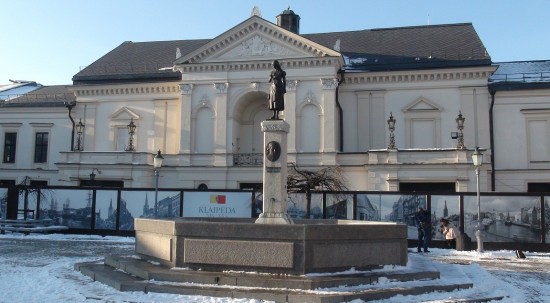
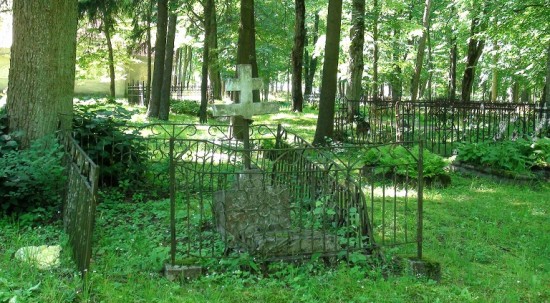
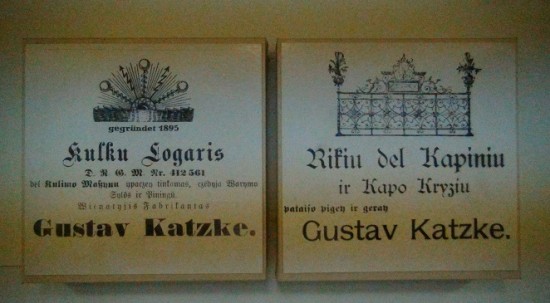
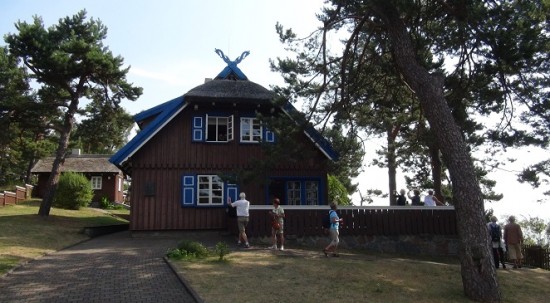
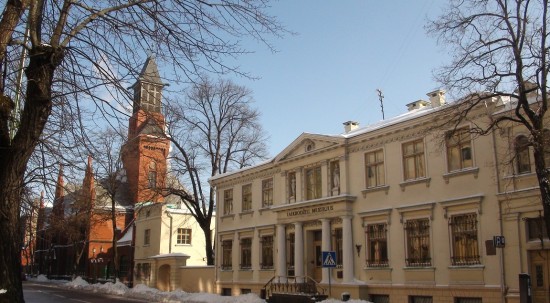
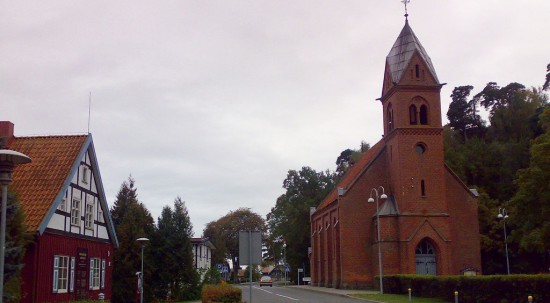

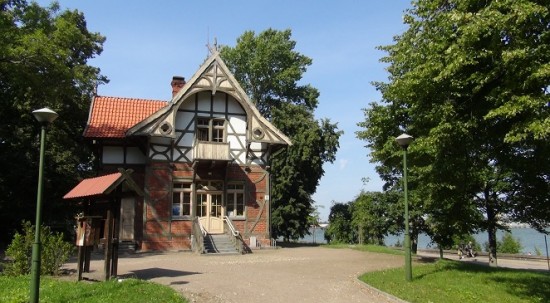
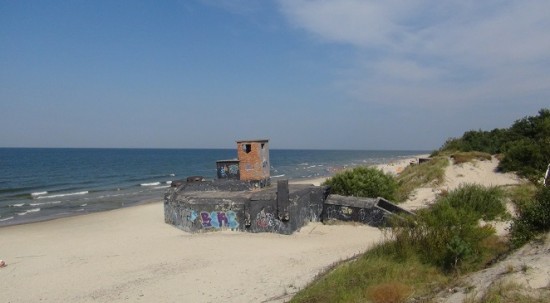
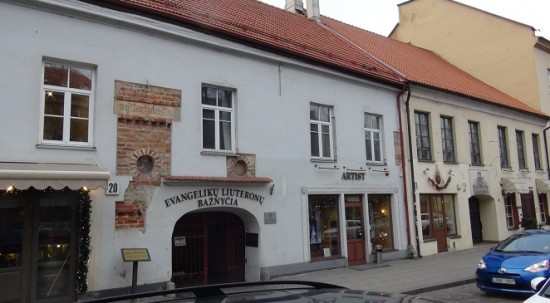



Leave a comment